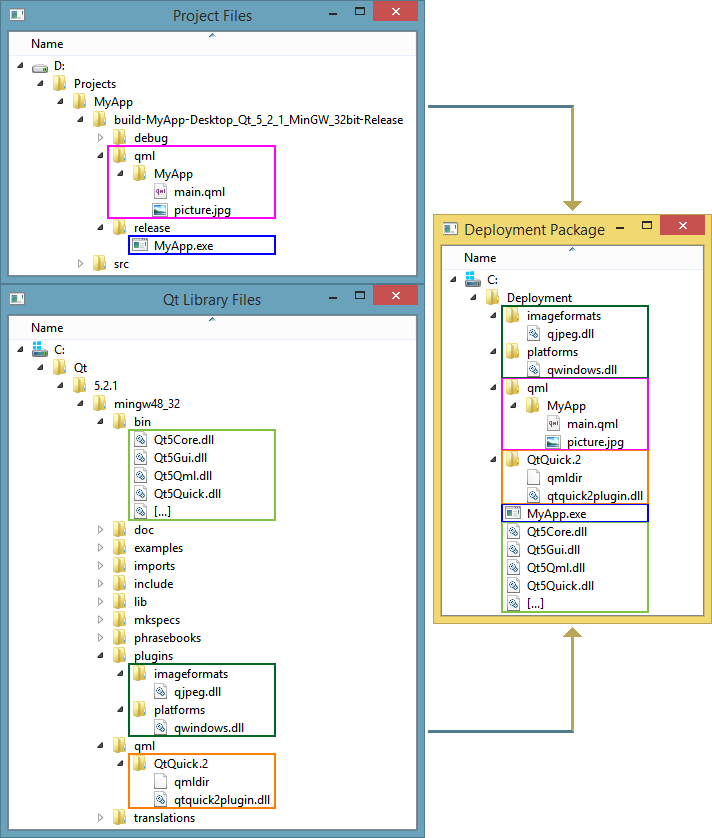

If you enjoy using Tiled and are able to chip in, please set up small monthly donation. You can choose to pay for Tiled here or support me on a recurring basis through GitHub Sponsors, Patreon and Liberapay. I accept voluntary payments to afford further Tiled development. I believe software should be free as in freedom, which means you are free to use Tiled for any purpose, to modify Tiled to your needs and finally to distribute Tiled, as-is or modified, on the same terms. If you are looking for a flexible 2D level editor for your game, be sure to give Tiled a try! Tiled is supported by a wide range of frameworks and remains in active development based on donations! Free Software I also have a few other functions in there for running pyrcc4 for resource compilation and pylupdate4 and lrelease to generate translations.Tiled supports editing tile maps in various projections (orthogonal, isometric, hexagonal) and also supports building levels with freely positioned, rotated or scaled images or annotating them with objects of various shapes. Generated_ui_output = 'myapp/ui/generated' The script then creates python source and places it into 'myapp/ui/generated'. ui files go into a subfolder ui in the project root. I run the build helper script before running the actual main program to ensure that the generated code is up to date.Īll of my. ui files and places them in the appropriate place in the python package I'm developing. I just have a build_helper.py script that processes all of my. If you're looking for a full IDE solution that handles all of this with PyQt automatically, I'm unaware of the existence of one.

Likewise, with PyQt4, you must run pyuic4 on the generated. If you were using standard Qt with C++, you would have to run the uic tool to generate C++ from the. Qt designer just spits out XML describing the UI structure. Qt Designer itself works just fine with PyQt.

If you used the installer from qt., it should be in /Developer/Applications/Qt. If you've installed Qt4, then you have Qt Designer.


 0 kommentar(er)
0 kommentar(er)
